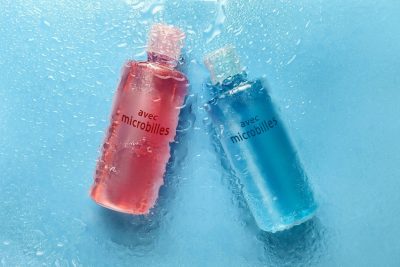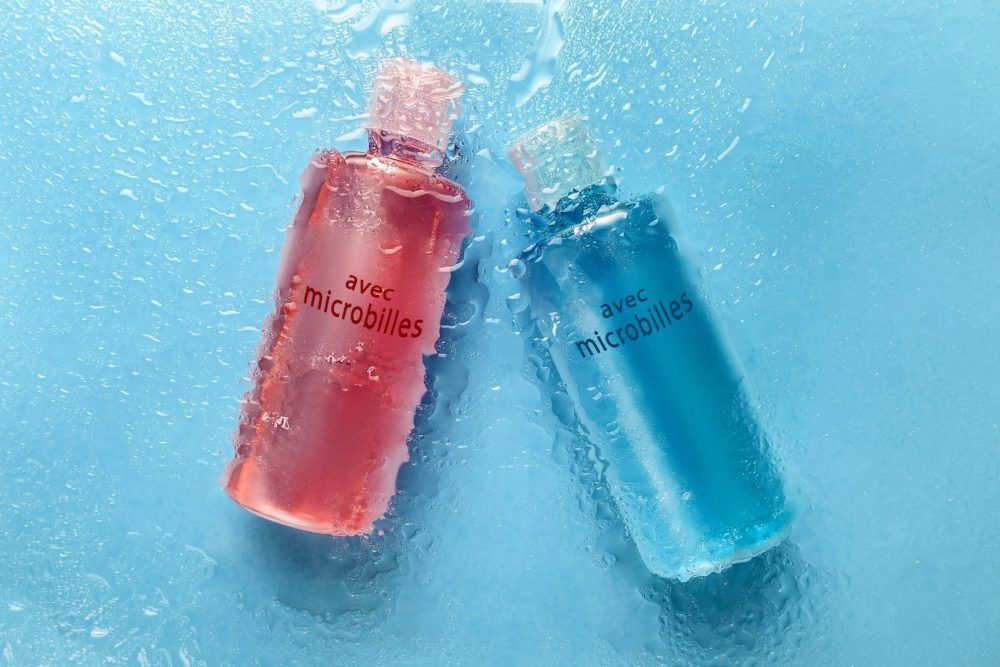The role of wastewater treatment in reducing marine microplastics.


Date of publication 15 June 2020
Authors Freeman, Shirra; Booth, Andy M.; Sabbah, Isam; Tiller, Rachel; Dierking, Jan; Klun, Katja; Rotter, Ana; Ben-David, Eric; Javidpour, Jamileh; Angel, Dror L.
Sources Between source and sea: The role of wastewater treatment in reducing marine microplastics (2020) Journal of Environmental Management : 266, 110642
Abstract
Abstract: Wastewater treatment plants (WWTPs) are a focal point for the removal of microplastic (MP) particles before they are discharged into aquatic environments. WWTPs are capable of removing substantial quantities of larger MP particles but are inefficient in removing particles with any one dimension of less than 100 μm, with influents and effluents tending to have similar quantities of these smaller particles. As a single WWTP may release >100 billion MP particles annually, collectively WWTPs are significant contributors to the problem of MP pollution of global surface waters. Currently, there are no policies or regulations requiring the removal of MPs during wastewater treatment, but as concern about MP pollution grows, the potential for wastewater technologies to capture particles before they reach surface waters has begun to attract attention. There are promising technologies in various stages of development that may improve the removal of MP particles from wastewater. Better incentivization could speed up the research, development and adoption of innovative practices. This paper describes the current state of knowledge regarding MPs, wastewater and relevant policies that could influence the development and deployment of new technologies within WWTPs. The article reviews existing technologies for capturing very small MP particles and examine new developments that may have the potential to overcome the shortcomings of existing methods. The types of collaborations needed to encourage and incentivize innovation within the wastewater sector are also discussed, specifically strong partnerships among scientific and engineering researchers, industry stakeholders, and policy decision makers. The SeaCleaners’ View : The objective of WWTPs is to reduce the load of organic matter and suspended solids in wastewater. WWTPs are key links for capturing pollution in microplastics. With today’s technology, STEPs do not retain microplastics. An opportunity for technological development arises for WWTPs
Originally, this objective was based on the need to avoid disturbing ecosystems by these discharges. The processes in place are both physicochemical and biological. With intense urbanisation and rural exodus, the volumes of water to be treated have justified a strong industrialisation of techniques with high yields. The effluents discharged by WWTPs are liquid (water purified from the organic load), solid (sludge containing bacterial biomass and suspended solids) and gaseous (CO2 from the transformation of organic carbon and sometimes NH3 from nitrogen mineralization).
One of the recognised sources of this pollution is the fibres that are torn from synthetic textiles by abrasion. They are generally very small. Washing is one of the generating processes, but also all the water cleaning of airborne microparticles settling on the surfaces. Washing dishes on plastic utensils also produces abrasion and thus microparticles.
Finally, microplastics, called primers, are also provided by cosmetic products whose formulations deliberately contain plastic microbeads (exfoliants…). All these liquid flows converge towards the WWTPs through the wastewater collection networks. After treatment, the liquid effluents reach surface waters and finally the ocean. Historically, cities have developed along rivers and large rivers. Coastal areas are also heavily urbanised. In all of these places, wastewater passes through WWTPs, except for countries where water management is not in place. They are therefore positioned at a key stage in the dispersion of pollution in microplastics to the oceans.
As the authors of this paper point out, flocculation processes to reduce suspended solids are not effective on small particles of microplastics, and bacteria do not degrade these particles. They are therefore found in liquid effluents discharged to surface waters. Larger particles sediment, but are not degraded by bacteria either, so they remain in the sludge. Throughout the world, this sludge is very often used for organic land application on agricultural land. As a result, the plastic microparticles end up in the natural environment and eventually in runoff that will contaminate surface water. The balance is therefore a 100% inefficiency of the WWTPs regarding pollution by microplastics. An exception should be mentioned for WWTPs that incinerate their sludge. In this case, part of the pollution is transformed into CO2, but no longer contaminates the environment in the form of plastic.
The wastewater treatment industry is developing and validating technical solutions that will add microplastic treatment to the objectives of WWTPs. Filtration, specific flocculation, sludge treatment… The project is vast and will require joint work with scientists and politicians to implement new regulations. The new function of WWTPs means higher treatment costs and therefore higher service charges. It is undoubtedly a fair return for consumers to be alerted to the reduction of pollution which can also be done at source by judicious consumer choices with a global view of the impact of these choices.
Comments area